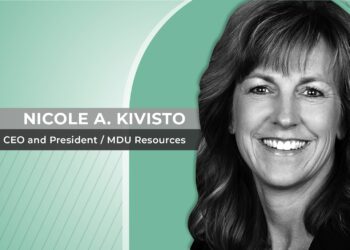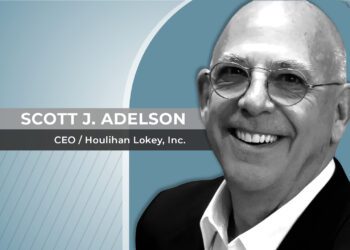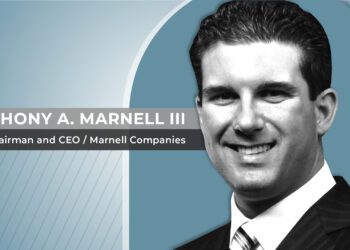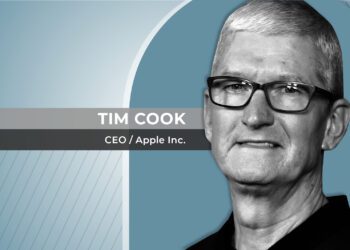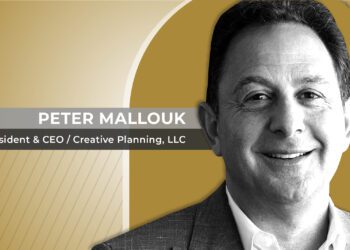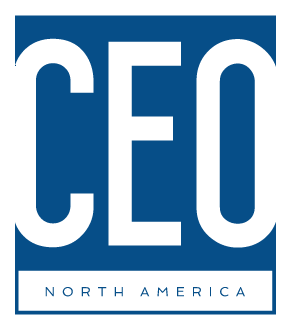

Business Executives: Jack Dangermond
Executive Interview to the Founder and President of ESRI
Back in 1969, when Jack Dangermond and his wife Laura first founded the Environmental Systems Research Institute (now commonly known as Esri), they had no idea that it would go on to become the world’s leading supplier of geographic information system (GIS) software, with a 40-percent market share, and support all types of geospatial mapping, analysis and remote sensing applications.
Interview with CEO Jack Dangermond: ESRI’s Origins
“It all started when I was going to school and, along with my wife, working in the Laboratory for Computer Mapping and Spatial Analysis at Harvard University,” he said. “At the time, we had the idea that we could make a career out of applying computer mapping and related analytics to environmental and land-use planning. In the 1960s, there was very little computer technology being used in the field of planning and we saw this as an opportunity to apply what we had learned to help people address some of the emerging issues in environmental assessments and planning.”
Notwithstanding, Dangermond said that while he and Laura saw how they could create a business in applying these concepts, they never imagined that their work would eventually balloon into a transnational global dynamo in the geospatial and mapping world.
“Once we began doing project work, people from many other fields became quite interested and their interest expanded our vision of what was possible. Our focus began shifting from doing projects in environmental and land use fields to the broader vision of applying digital geographic information to almost every field,” he said.
“Our business gradually expanded to include applications across government, education and multiple business sectors. Customers and potential customers in these organizations pushed us and educated us. They wanted to use our methods and technology to better understand their organizations and better manage their assets, find the best locations, and even optimize operations like their logistics and networks,” he said.
“Over the years, we began realizing what was needed was a special kind of information system that today we call a GIS. The unique aspect of a GIS is that it can easily integrate almost any type of data based on location. This means users can consider all kinds of factors in their decision-making, including environmental, social, as well as business factors.”
“I believe that, together, we can collectively create a future that’s more sustainable.”
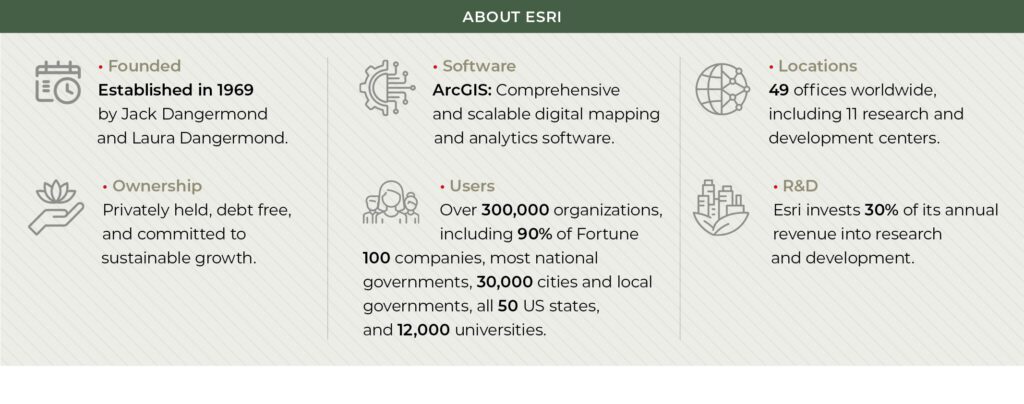

“In the first 15 years, our company evolved from a services organization doing projects into a software company developing and advancing a fundamental geospatial platform,” Dangermond said. “We didn’t really imagine it that way, but that’s the way it actually evolved. We credit much of our success to our close relationship with our users. We listen carefully to what they need and then work on generic tools that they configure into solutions.”
From the start, Esri, as the company is now known, was always at the forefront of the emerging geospatial business, Dangermond said. “Today, our technology is not simply a tool but is being embraced as an enterprise platform by literally thousands of large companies like utilities, whole cities, whole agencies,” he said. “Enterprise GIS is similar to what happened in the 1990s, when corporations started using customer relationship management (CRM) and enterprise resource planning (ERP) solutions like Salesforce and Oracle to improve their businesses.”
A good example of enterprise GIS is in utilities, where most modern companies are leveraging GIS to manage all their geographic assets and support crosscutting applications. These organizations include electrical, water, gas and telecommunications companies – all of which make many location decisions every day.
CEO Interview: ESRI Today
With all corporate eyes now focused on the importance of GIS, Dangermond said that Esri’s current global leadership has positioned the company to help organizations across the world get the benefits of mapping and spatial analysis at a massive scale. In many ways, Dangermond’s vision and ideas continue to be the same as when Esri started, leveraging the power of geographic information, computer mapping and spatial analytics to improve how people do things.
“One thing that has made us so successful is that we’ve never taken outside investment. That means we can concentrate on what our customers want − not what the stockholders or the VCs want.”
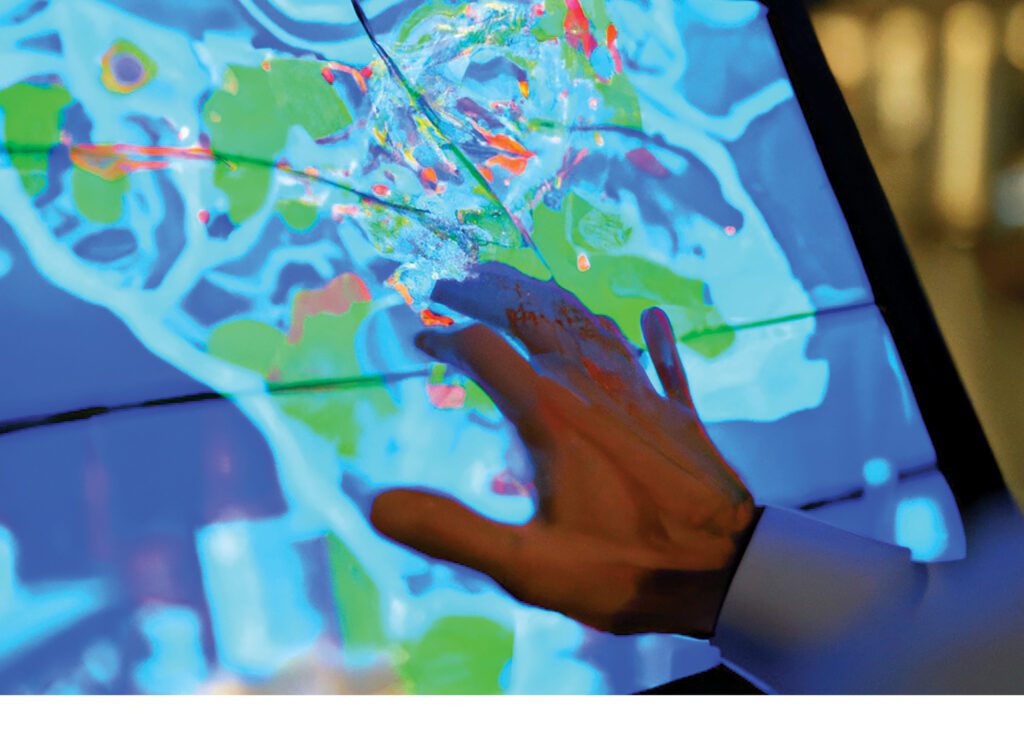

His approach is also about the geographic referencing of data and the integration and analysis using powerful GIS tools. This process enables organizations to integrate all the data and consider all the relevant social, environmental and economic factors that are important when making decisions. Dangermond calls this “the geographic approach,” and when applied across organizations, he believes it transforms understanding, decision-making and communication. He argued that this approach improves decision-making and collaboration at all levels.
“Data-driven analytic mapping is providing a new language that’s quickly understood by everyone, across organizations and around the world. What’s exciting to me today is this type of mapping in organizations is just beginning to be understood and embraced. We are at the threshold of better geographic understanding, and Esri is in a good place to leverage this,” Dangermond said.
“For decades, we have been investing in developing and evolving a strong and powerful platform. It’s already being used by hundreds of thousands of organizations and millions of users. Our technology investments are reflected in the product known as ArcGIS.”
First released in 1999, ArcGIS is Esri’s premiere location intelligence and analytic software that allows users to view, edit, manage and analyze all types of geographic data. Dangermond said that Esri maintains an extensive army of several thousand specialized geospatial engineers who continue innovating and improving the platform.
“It takes a while for executives to understand that every company is a spatial company, fundamentally: Where are our assets, where are our customers, where are our sales? But when they get it, they light up and say, I want to get that geographic advantage.”
“There is no other geospatial company or technology that is anywhere near as complete or as integrated as ArcGIS,” he said. “I don’t mean to imply we are the only player in the market. There are many smaller geospatial companies, many of whom are our partners. There are also Google and Apple consumer mapping platforms. While these organizations cover only a small part of what Esri does, they are focused on very different markets.”
Interview in a Magazine to Jack Dangermond: ESRI’s Goals and Assets
Dangermond said that “going forward, Esri will continue investing in advancing our technology platform with emerging technologies such as AI, machine learning and the integration of imagery. Our ongoing and continuous investment strategy is one of our biggest assets.”
And while Dangermond keeps the company’s financial data close to his chest, he acknowledged that Esri reinvests about 30 percent of its annual revenues into research and development. Dangermond said that at Esri, the company’s researchers and engineers are constantly developing new tools and methods.
“They test new ideas and push their community of users to adapt them. These efforts are rapidly advancing the application of digital geography to everything,” Dangermond said. “Our broad vision is to have all the scientific information that our users are building used in addressing the big challenges we are facing today. We are hopeful that people everywhere who make geographic decisions can use these information layers to design a future that’s sustainable. GIS goes beyond just mapping the science. It provides us with a practical framework and systematic process for applying geographic thinking. It brings together data science and measurements with modeling and predictive analysis so that we can better understand things.”
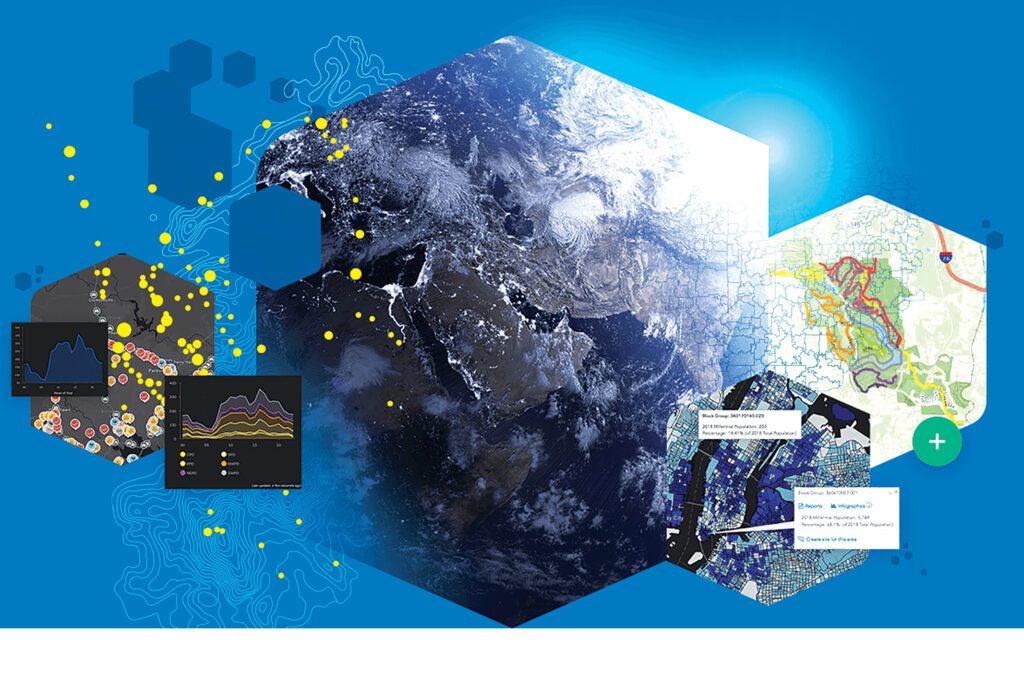

Esri also has other assets that set the company apart from its would-be competitors, Dangermond said. “We have thousands of people in the company who actually know how to work with our users to apply geographic thinking to problem solving,” he said. “These people are in our professional services teams and also in our partner ecosystem of thousands of companies. Together they help our users do their work better.”
Dangermond said that a “third asset” that Esri boasts is its users. “We have millions of professionals who are constantly creating and extending apps on top of our core,” he said. “Particularly today, with the world challenges that we are facing in climate, biodiversity and loss of nature, plus the issues of national security, we need critical thinkers who can effectively apply leading geospatial technology to address the problems at hand. Our users are such people. They are doing amazing kinds of work and we are proud to support them.”
Dangermond said that all these factors have helped to position Esri for what he called “the next big jump in the IT,” something he described as “a kind of geospatial revolution.”
“Executives are waking up to realize that they can do a lot better, save money, make better decisions if they optimize and start thinking geographically and have a location strategy.”
Executive Interviews: The Future of Esri
As for the future of the Esri business, Dangermond said that he expects the company to continue to growing year-on-year, as it has over the last five decades, “anywhere from 5 to 10 percent and occasionally higher,” he added.
“Right now, I’m thinking in the next five years, we may double in size, but it won’t be dramatic,” he said. “What will happen is the rapid growth of users who have access to GIS as services. As our software products continue to get easier, less expensive and more embedded, more and more people will be accessing and using maps, sometimes not even knowing it’s our product.”
Dangermond also said that “Esri’s focus is on impact. When our tools are getting used in meaningful work, that is a major way of how we measure success.”
“ArcGIS access is getting less expensive with the revolution of web services and cloud computing, and this has democratized mapping access by our customers’ customers,” he said. An example was the John Hopkins Covid-19 map – which was powered by Esri GIS – and helped billions of people around the world to track the international footprint of coronavirus infections during the pandemic.
Dangermond said that people today are turning to geospatial maps to review climate change and other environmental trends around the planet. And it is precisely this type of universal impact that Dangermond said is far more important than Esri’s financial figures. He acknowledges that making Esri healthy, strong and growing is essential. At the same time, the company’s internal philosophy is to always search for what users need and figure out how to best serve them.


“Since we’re not a public company, we can afford to do this. We invest a lot in learning the needs of our customers by holding large user meetings,” Dangermond said. “We have been doing these conferences for over 40 years. From our very first event, our clients have given us direction and we listen to them. That has impacted our software and organization,” Dangermond said. “We get feedback directly from the customers and through customer experience assessments throughout the year.”
But as a global organization, Dangermond said that Esri often has to adjust to different operating formats in different countries. “One of our big ongoing initiatives is something we call One Esri. It calls for creating efficiency and a consistent customer experience everywhere,” he said. “That’s required getting everybody within Esri and around the world aligned. To help in this, we are embracing standardized technology platforms, creating cross-cutting communities of practice globally and encouraging open lines of communication with staff.”
Dangermond said that Esri is structured as a flat organization, with a team culture. “While we are not perfect by any means, we keep trying,” he said.
“Landscape architecture is basically geodesign; it’s designing geography. And yet geodesign is not only done by landscape architects; it’s done by some of the world’s largest corporations.”
Although there has been no shortage of opportunities for Esri to go public, Dangermond said that by remaining independent and private, the company has been able to stay focused on its core mission of supporting its users. “We keep choosing to invest in the geographic approach, geographic science and developing GIS tools that help our users do their work better. At the same time, we focus some of our resources in addressing many of the challenges that the world is facing today,” he said.
This includes investing in education, with roughly 11,000 universities and earmarking more than $1 billion worth of free Esri software to schools and environmental organizations. Over 15,000 NGOs have free access to the company’s latest GIS technology.
“Sustainability starts with geography and understanding how everything is interrelated. Geographic thinking – the ability to integrate and fuse multiple information types, social information types, environmental information layers, economic information layers, bringing it all together around geographic information – is really the ultimate fusion of information that comes from around an organization and from around the world,” Dangermond said. “Esri’s main strategic heart is to build tools that help organizations. Part of that is including tools that empower them to be more sustainable, more efficient, more effective.”


Dangermond went on to say that, in his view, all businesses and organizations are, in one way or another, interdependent and part of an interdependent ecosystem. “Maps are a kind of language that brings all of the best information together and can help people make more effective and more sustainable decisions. So that is sort of our big goal – improving understanding and communication. And I think everybody here believes that Esri runs like a passionate nonprofit in the sense that we are building tools that actually make a huge difference,” he said.
Dangermond said that Esri works closely with a number of strategic partners such as Microsoft and Autodesk Corporation to keep abreast of and integrate their rapidly evolving technology. “We like the idea that there’s a customer benefit from our strategic alliances. It isn’t about co-selling or co-marketing. There is a technical integration there, and that gets us very excited,” he said. “Big companies like Schneider Electric have embraced us as their core platform for selling to major utilities around the world. I think we now support several thousand utilities together.”
Dangermond said that these relationships render many true benefits for customers, including seamless product integration. “The result is that things at our joint customer’s business just work,” he said.


Dangermond said that, currently, Esri and its global subsidiaries are generating about $2 billion in annual revenues, but that the company also spurs between $28 billion and $30 billion in business for its key commercial partners. “The financial ecosystem that we influence is quite large, and we can’t even fathom how big the value of implementing our technology is to our users, but it’s big,” he said. “Esri is like a little tail wagging a much larger technology ecosystem and downstream value chain.”
Dangermond said that while many CEOs in the private sector are still oblivious to the importance of GIS in their organizations, it is more crucial than ever that they understand that location and geography matter. “And as the world changes with climate change and other vulnerabilities, organizations will increasingly need to look at the issues of business continuity from a spatial lens,” he said.
While many companies now spend fortunes on collecting data, Dangermond said that they often have never seen that data on a map. “Geo-enlightenment is understanding the interconnectedness of things. Geography and the geographic approach provide us one of the only real ways to create a more sustainable world,” he said. “Corporate America and CEOs need to get more involved in creating a future that is sustainable.”
Find more executives interviews in CEO North America






